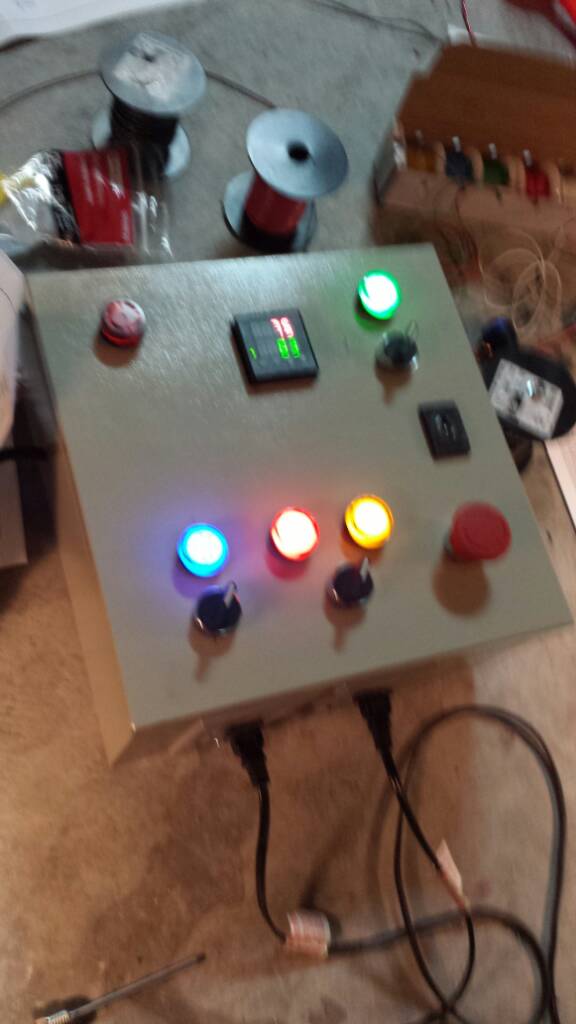I have been doing alot of reading and have decided on building a simple RIMS setup. After reading several threads on this forum, I decided on using a 5500 watt element run on 120v as my heat source. My question is this, What size breaker would be sufficient to run the RIMS Tube safely? I was planning on using this kit as a base for my controller:
http://www.ebrewsupply.com/shop/ebrew-kits/ebrew-pid-kits/20a-rims-kit.html
I have no plans, at the moment, to upgrade to a full electric system so would this controller kit be sufficient? I see in the description it says up to 2000w element. Or would this kit better suit my needs?
http://www.ebrewsupply.com/shop/ebrew-kits/ebrew-pid-kits/1-pid-30a-biab-kit.html
Thanks
http://www.ebrewsupply.com/shop/ebrew-kits/ebrew-pid-kits/20a-rims-kit.html
I have no plans, at the moment, to upgrade to a full electric system so would this controller kit be sufficient? I see in the description it says up to 2000w element. Or would this kit better suit my needs?
http://www.ebrewsupply.com/shop/ebrew-kits/ebrew-pid-kits/1-pid-30a-biab-kit.html
Thanks










































![Craft A Brew - Safale S-04 Dry Yeast - Fermentis - English Ale Dry Yeast - For English and American Ales and Hard Apple Ciders - Ingredients for Home Brewing - Beer Making Supplies - [1 Pack]](https://m.media-amazon.com/images/I/41fVGNh6JfL._SL500_.jpg)















